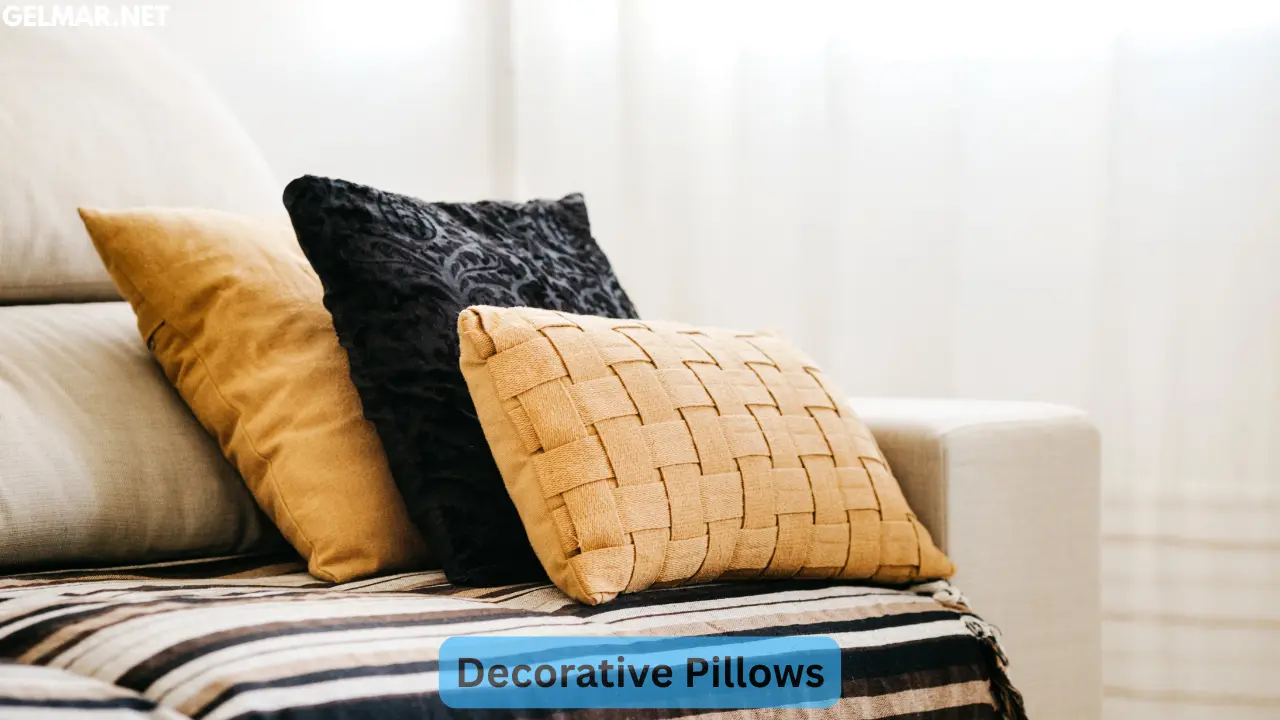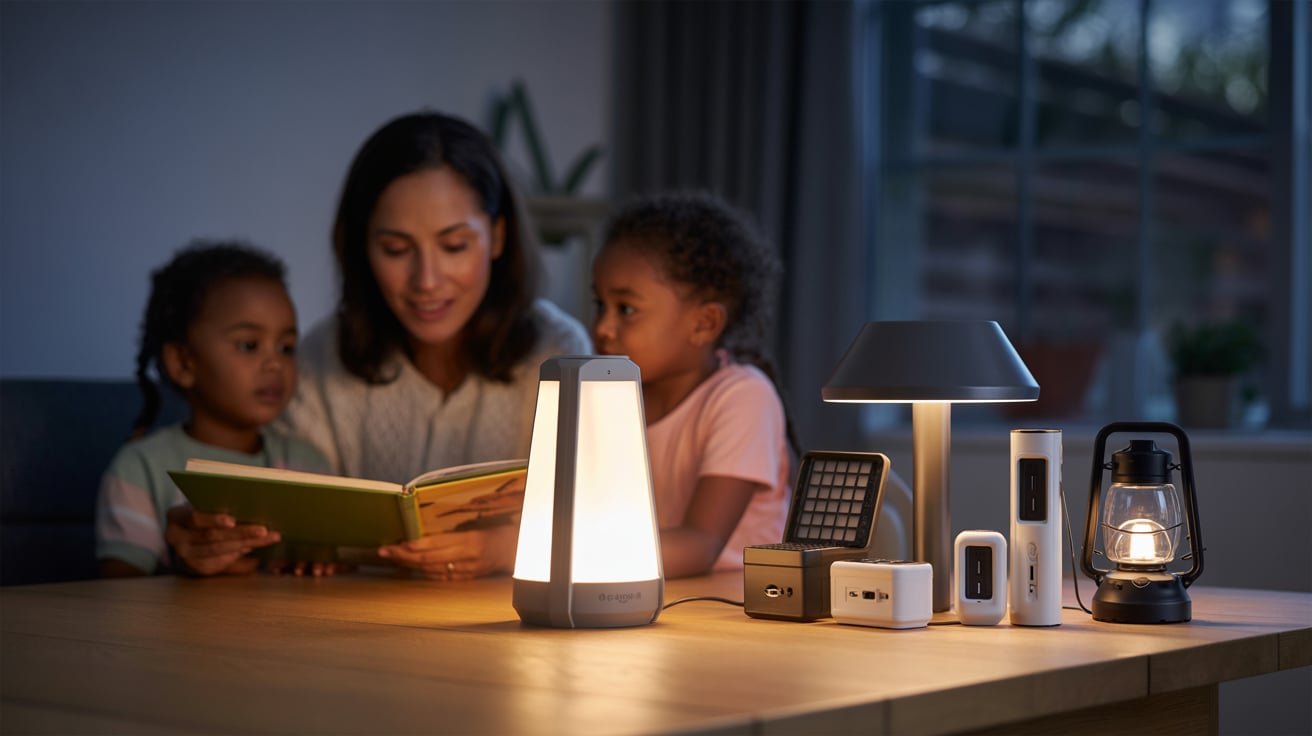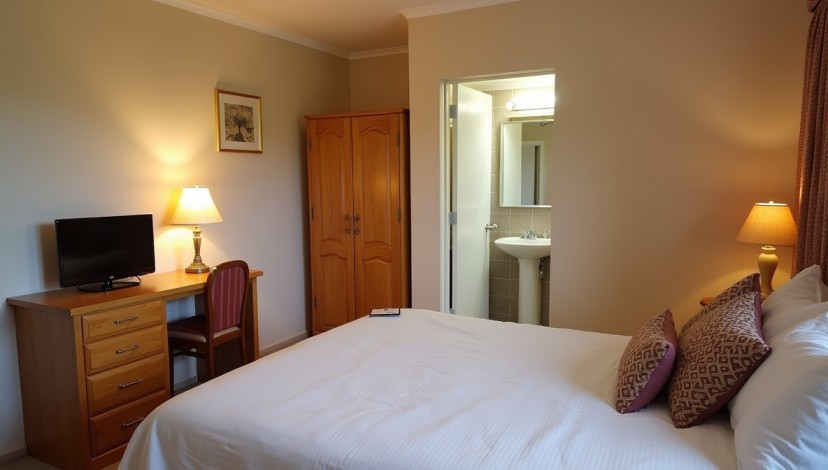Imagine sinking into your favorite armchair after a long day, only to be greeted by a burst of color and texture that instantly elevates the entire room. That’s the magic of decorative pillows—those unassuming accents that whisper luxury, inject personality, and tie a space together without overwhelming it. Whether you’re a design novice or a seasoned decorator, decorative pillows have the power to refresh your home decor on a budget, turning a bland sofa into a stylish sanctuary. In a world where home is more than just shelter—it’s a reflection of our mood and memories—these small wonders pack a big punch.
The story of decorative pillows stretches back thousands of years, far beyond their current role as Instagram-worthy throw pillows. Ancient civilizations, from Mesopotamia around 7,000 BC to the Egyptians who crafted stone headrests for the elite, viewed pillows as symbols of status and comfort. Fast-forward to the Greeks and Romans, who innovated with softer fillings like straw and feathers, paving the way for the plush cushions we know today. By the Renaissance, decorative pillows evolved into ornate pieces embroidered with silk and gold thread, adorning royal chambers. Today, in our fast-paced lives, they’ve democratized luxury, becoming accessible staples in homes worldwide. With the global decorative pillow market valued at $3.8 billion in 2024 and projected to grow steadily, their enduring appeal is no accident—they’re the unsung heroes of interior design.
In this comprehensive guide, we’ll dive deep into the world of decorative pillows, exploring everything from their diverse types and materials to the hottest trends for 2025 and pro styling tips. Whether you’re revamping your living room, bedroom, or outdoor patio, you’ll walk away equipped with actionable insights to make informed choices. By the end, you’ll see decorative pillows not just as accents, but as transformative tools for creating a home that feels uniquely yours. Let’s fluff up the details and get started.
The Evolution of Decorative Pillows in Home Decor
Decorative pillows have journeyed from rigid stone relics to the soft, versatile elements that define modern interiors. Understanding their history not only adds appreciation but also informs how we use them today. As home decor trends cycle through minimalism to maximalism, pillows remain a constant, adapting seamlessly to every era.
From Ancient Luxuries to Everyday Essentials
The earliest pillows, unearthed in ancient Mesopotamia (modern-day Iraq), were carved from stone in crescent shapes to cradle the head and ward off evil spirits during sleep. Reserved for pharaohs and nobility, these weren’t for comfort but elevation—literally and figuratively. In ancient Egypt, wooden or ivory pillows elevated the head to preserve elaborate hairstyles, while Chinese dynasties favored ceramic versions symbolizing prosperity.
By the 13th century, European nobility embraced feather-stuffed pillows encased in embroidered linen, turning them into status symbols. The Industrial Revolution democratized production, making cotton and down accessible. Post-World War II, the mid-century modern movement popularized geometric patterns and bold colors, influencing today’s Scandinavian and bohemian vibes. Today, with U.S. consumers spending an average of $7.40 per household on slipcovers and decorative pillows in 2023, they’re a booming $5.476 billion industry globally in 2025. This evolution underscores their shift from elite indulgences to must-have decor staples.
Why Decorative Pillows Matter in Modern Homes
In an era of open-plan living, decorative pillows bridge functionality and aesthetics. They soften hard edges, add warmth to minimalist spaces, and allow seasonal refreshes without major overhauls. Psychologically, they enhance comfort—studies show tactile elements like plush textures reduce stress by up to 20% in home environments. For homeowners, they’re a low-commitment way to experiment: swap covers for holidays or moods, extending their lifespan and value.
Expert insight from interior designer Emily Henderson notes, “Pillows are like jewelry for your furniture—they’re the finishing touch that makes a room feel complete.” With the home decor market exploding—projected to hit $73.9 billion for throw pillows alone by 2032 at a 7.5% CAGR—investing in quality pieces pays dividends in style and satisfaction.
Exploring the Types of Decorative Pillows
Not all decorative pillows are created equal; each type serves a unique purpose in elevating your space. From lumbar supports to oversized floor cushions, selecting the right ones starts with understanding their forms. Here’s a breakdown to guide your choices.
Classic Square and Rectangular Throw Pillows
The workhorses of sofa styling, square pillows (typically 18-20 inches) provide balanced symmetry, while rectangular lumbar pillows (12×18 inches) offer back support on chairs or beds. Ideal for traditional and contemporary rooms, they’re versatile for layering. Example: A set of neutral squares in velvet adds subtle elegance to a leather sectional.
Bolster and Round Accent Pillows
Cylindrical bolsters (12-16 inches long) roll out drama on daybeds or benches, evoking vintage charm. Round pillows, or “euro shams” at 26 inches, bring whimsy to corners—think a pom-pom-trimmed circle on a tufted ottoman. These shapes break monotony, perfect for eclectic spaces.
Specialty Options: Outdoor and Weighted Pillows
For patios, weather-resistant outdoor pillows in Sunbrella fabric withstand elements while adding coastal flair. Weighted pillows, filled with glass beads, promote relaxation and are trending for wellness-focused homes. Pro tip: Mix indoor-outdoor styles for seamless flow in transitional areas.
- Key Stats on Types: Square pillows dominate 45% of the market due to their adaptability, per industry reports.
Choosing the Best Materials for Decorative Pillows
Material selection is crucial for durability, feel, and vibe. The right fabric ensures your pillows withstand daily use while complementing your decor. With options ranging from breathable naturals to luxurious synthetics, here’s what experts recommend.
Natural Fabrics: Cotton, Linen, and Wool
Cotton tops the list for its softness and hypoallergenic properties, making it ideal for family rooms—machine-washable and breathable. Linen, derived from flax, offers a relaxed, textured look that’s absorbent and durable, perfect for boho aesthetics. Wool provides warmth and resilience, with natural stain resistance for high-traffic areas.
Luxe Synthetics: Velvet, Silk, and Performance Fabrics
Velvet’s plush pile adds opulence, reflecting light for depth in low-light rooms. Silk shimmers for bedrooms, though it’s delicate—best for low-use accents. Performance fabrics like polyester blends mimic luxury while repelling spills, a game-changer for pet owners.
Faux Fur and Eco-Friendly Innovations
Faux fur brings coziness without ethical concerns, trending in 2025 for hygge-inspired spaces. Sustainable options, like recycled polyester or organic cotton, align with eco-conscious consumers—20% of the market now prioritizes green materials.
Expert Insight: Fabric designer Folio recommends matching material to climate—linen for humid areas, wool for dry ones—to maintain shape and color.
| Material | Pros | Cons | Best For |
| Cotton | Soft, washable, affordable | Wrinkles easily | Everyday sofas |
| Linen | Textured, breathable, durable | Casual rumpled look | Farmhouse styles |
| Velvet | Luxurious sheen, soft | Attracts dust | Formal lounges |
| Faux Fur | Cozy, easy clean | Sheds initially | Winter accents |
2025 Trends in Decorative Pillows: What’s Hot and Why
As we head into 2025, decorative pillows are leaning into personalization and sustainability, reflecting broader home decor shifts toward warmth and authenticity. With earthy palettes dominating, expect a surge in textured, artisanal pieces.
Earthy Tones and Bold Accents
Warm earth tones like terracotta, sage green, and mustard yellow create calming sanctuaries, aligning with biophilic design. Bold pops—fiery reds or royal purples—add energy, per Fine Pillow Book Bar’s forecast. Example: Layer a mustard velvet square with a deep green bolster for instant coziness.
Textural Layers and Handcrafted Details
Layered textures via rugs and pillows are big, with hand-embroidered or block-printed designs infusing character. Custom prints replace mass-produced generics, as 2025 favors one-of-a-kind items. Chinoiserie patterns in mist blue are surging for eclectic twists.
Sustainable and Multifunctional Innovations
Eco-fabrics like bamboo-derived viscose lead, with the market growing at 7% CAGR to $6 billion by 2031. Multifunctional pillows with hidden storage or modular shapes cater to small-space living.
- Top 2025 Trends:
- Warm neutrals with metallic threads.
- Oversized floor pillows for casual seating.
- Vintage-inspired florals in sustainable weaves.
Interior trendsetter Rebecca Robeson predicts, “2025 is about pillows that tell a story—handcrafted, colorful narratives for the soul.”
Expert Tips on Styling Decorative Pillows
Styling decorative pillows is an art, but with these pro strategies, anyone can achieve designer-level results. The key? Balance, variety, and intention.
Mastering the Layering Technique
Start with larger pillows at the back (two 22-inch squares), then layer mediums (18-inch) and a lumbar or round in front. This “back-to-front” rule creates depth without clutter. For sofas, limit to 5-7 pillows; beds can handle more for lushness.
Color and Pattern Play
Pull 3-5 colors from your room’s rug or art for cohesion. Mix patterns boldly: florals with geometrics, solids as anchors. Studio McGee advises the “rule of three”—one bold, one neutral, one textured.
Placement and Seasonal Swaps
Angle pillows slightly for casual vibe; symmetrical for formal. Swap covers seasonally—light linens for summer, velvets for winter—to keep things fresh.
Dos and Don’ts:
- Do: Vary sizes and shapes for interest.
- Don’t: Overmatch patterns; it flattens the look.
- Do: Consider texture contrasts for tactile appeal.
- Don’t: Ignore scale—tiny pillows drown on large furniture.
Designer tips from The Spruce: “Think of pillows as a conversation—each one adds a voice, but harmony is key.”
Maintenance and Care for Long-Lasting Decorative Pillows
To keep your investment looking sharp, proper care is essential. Neglect leads to fading and flattening, but simple habits extend life by years.
Daily Upkeep and Cleaning Routines
Spot-clean spills immediately with mild soap; vacuum weekly to remove dust. For removable covers, machine-wash on gentle cycles—cotton and linen thrive here, while velvet needs air-drying. Fluff daily and rotate positions to prevent wear.
Storage and Seasonal Protection
Store off-season pillows in breathable bags with cedar blocks to deter moths. For outdoors, use UV-protectant sprays. Experts recommend professional dry-cleaning annually for silks.
With the throw pillow market hitting $13.2 billion by 2030, quality care ensures your pieces remain timeless.
Read More: 60 Creative Bedroom Decor Ideas for a Stylish, Cozy Retreat
Conclusion
From their ancient origins as symbols of prestige to 2025’s textured, sustainable stars, decorative pillows prove that small changes yield big impacts. We’ve covered essential types like squares and bolsters, top materials from cotton to velvet, sizzling trends in earthy tones and handcrafts, plus foolproof styling and care tips. Armed with these insights—and stats showing a thriving $8.9 billion market in 2024—you’re ready to curate spaces that soothe and inspire.
So, why wait? Raid your linen closet or browse for that perfect set today. Experiment boldly—mix a bold red accent with neutrals or layer textures for depth. Your home deserves the fluff; let decorative pillows be the spark that reignites your love for every corner. What’s your first swap going to be?



